Fortinet FCP - FortiGate 7.4 Administrator FCP_FGT_AD-7.4 Exam Dumps: Updated Questions & Answers (December 2025)
An administrator is configuring an IPsec VPN between site A and site В. The Remote Gateway setting in both sites has been configured as Static IP Address.
For site A, the local quick mode selector is 192.168.1.0/24 and the remote quick mode selector is 192.168.2.0/24.
Which subnet must the administrator configure for the local quick mode selector for site B?
Which statement correctly describes NetAPI polling mode for the FSSO collector agent?
Refer to the exhibits.
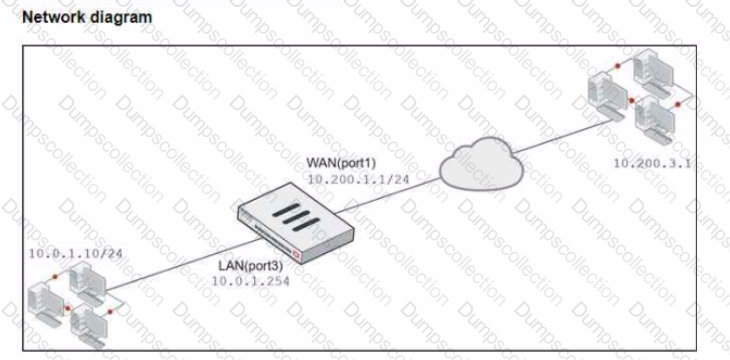

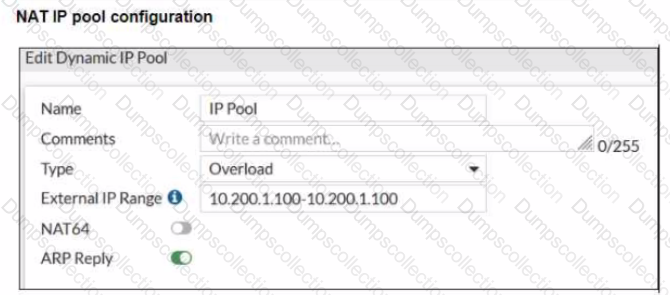
The exhibits show a diagram of a FortiGate device connected to the network, and the firewall policies configuration VIP configuration and IP pool configuration on the FortiGate device
The WAN (port1) interface has the IP address 10.200. l. 1/24 The LAN (port3) interface has the IP address 10.0.1.254/24
The first firewall policy has NAT enabled using the IP pool The second firewall policy is configured with a VIP as the destination address.
Which IP address will be used to source NAT (SNAT) the internet traffic coming from a workstation with the IP address 10.0.1.10?
Refer to the exhibit which contains a RADIUS server configuration.
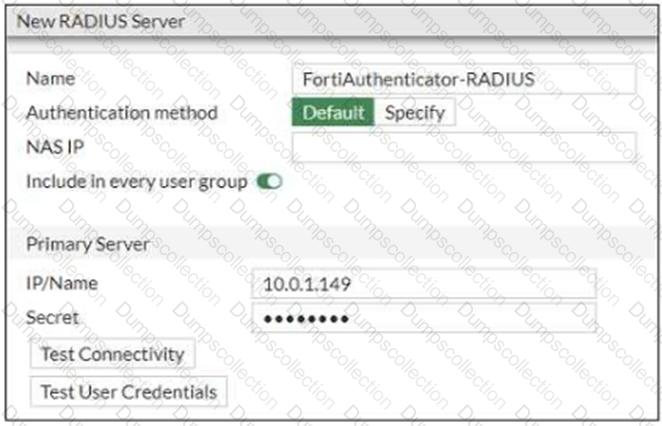
An administrator added a configuration for a new RADIUS server. While configuring, the administrator selected theInclude in every user groupoption.
What is the impact of using theInclude in every user groupoption in a RADIUS configuration?
Refer to the exhibits.
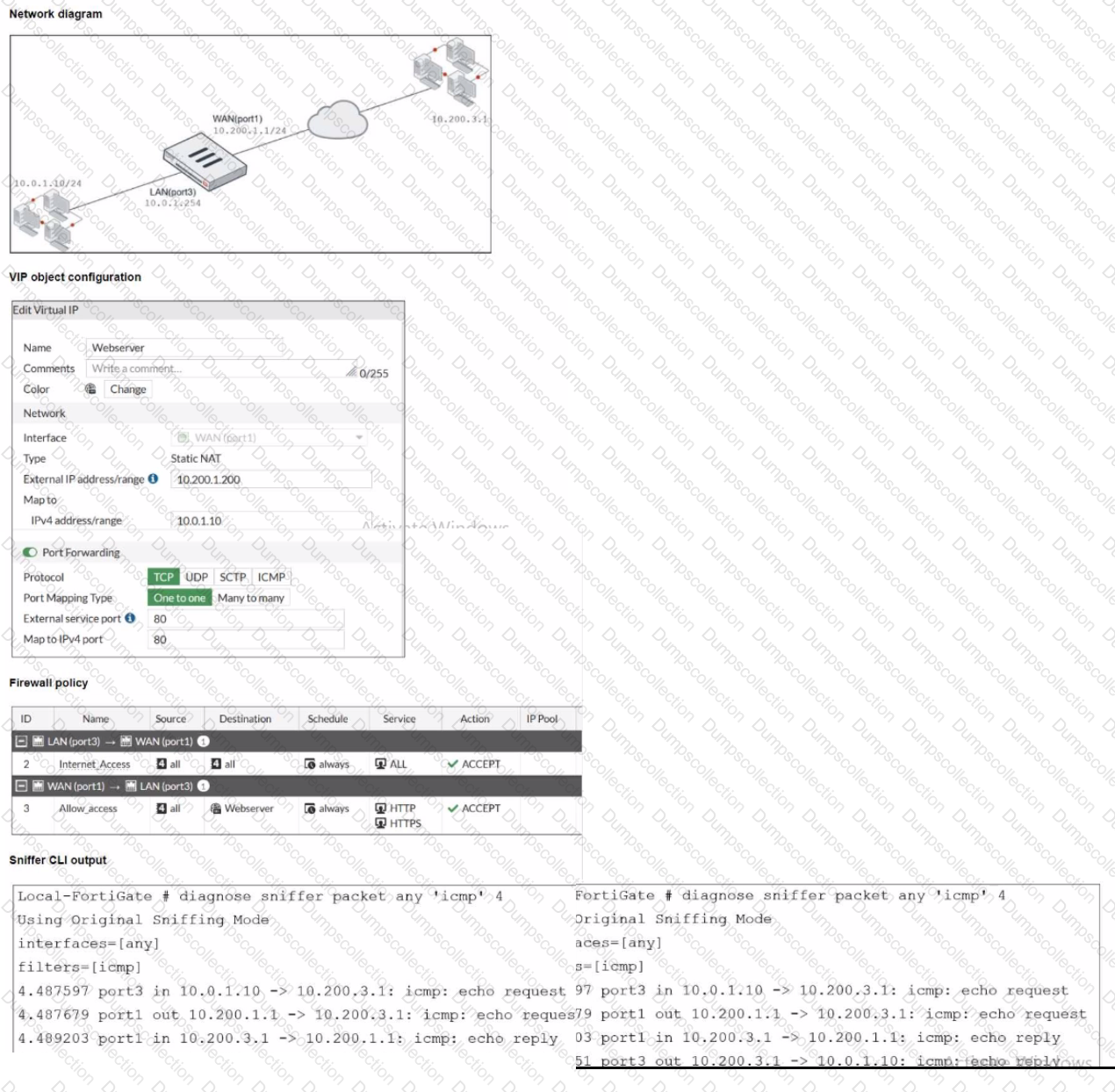
The exhibits show a diagram of a FortiGate device connected to the network, VIP configuration, firewall policy. and the sniffer CLI output on the FortiGate device.
The WAN (port1) interface has the IP address 10.200.1.1 /24.
The LAN (port3) interface has the IP address 10.0.1.254/24.
The webserver host (10. 0.1. 10) must use its VIP external IP address as the source NAT (SNAT) when It pings remote server (10.200.3.1).
Which two statements are valid to achieve this goal? (Choose two.)
Refer to the exhibit.
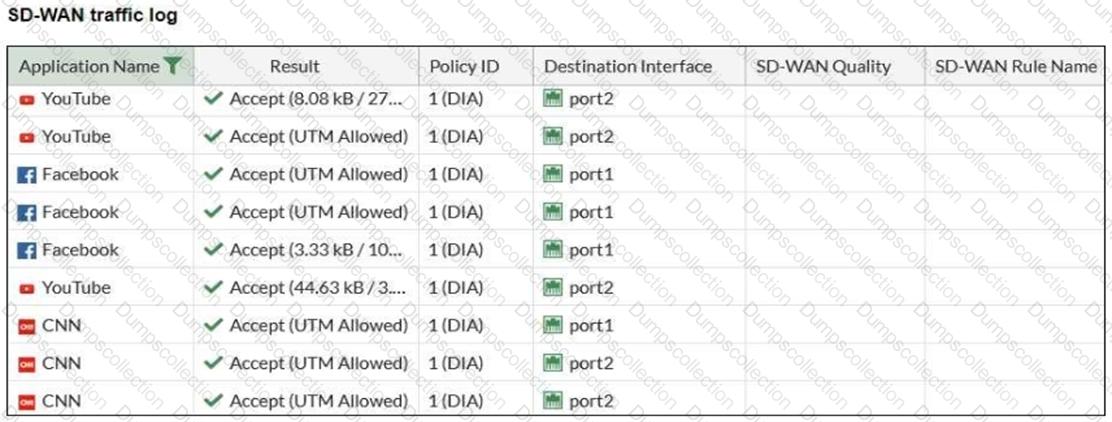
The administrator configured SD-WAN rules and set the FortiGate traffic log page to display SD-WAN-specific columns: SD-WAN Quality and SD-WAN Rule Name.
FortiGate allows the traffic according to policy ID 1. This is the policy that allows SD-WAN traffic.
Despite these settings the traffic logs do not show the name of the SD-WAN rule used to steer those traffic flows.
What can be the reason?
Which method allows management access to the FortiGate CLI without network connectivity?
Which three pieces of information does FortiGate use to identify the hostname of the SSL server when SSL certificate inspection is enabled? (Choose three.)
Which three statements about SD-WAN zones are true? (Choose three.)
When FortiGate performs SSL/SSH full inspection, you can decide how it should react when it detects an invalid certificate.
Which three actions are valid actions that FortiGate can perform when it detects an invalid certificate? (Choose three.)

